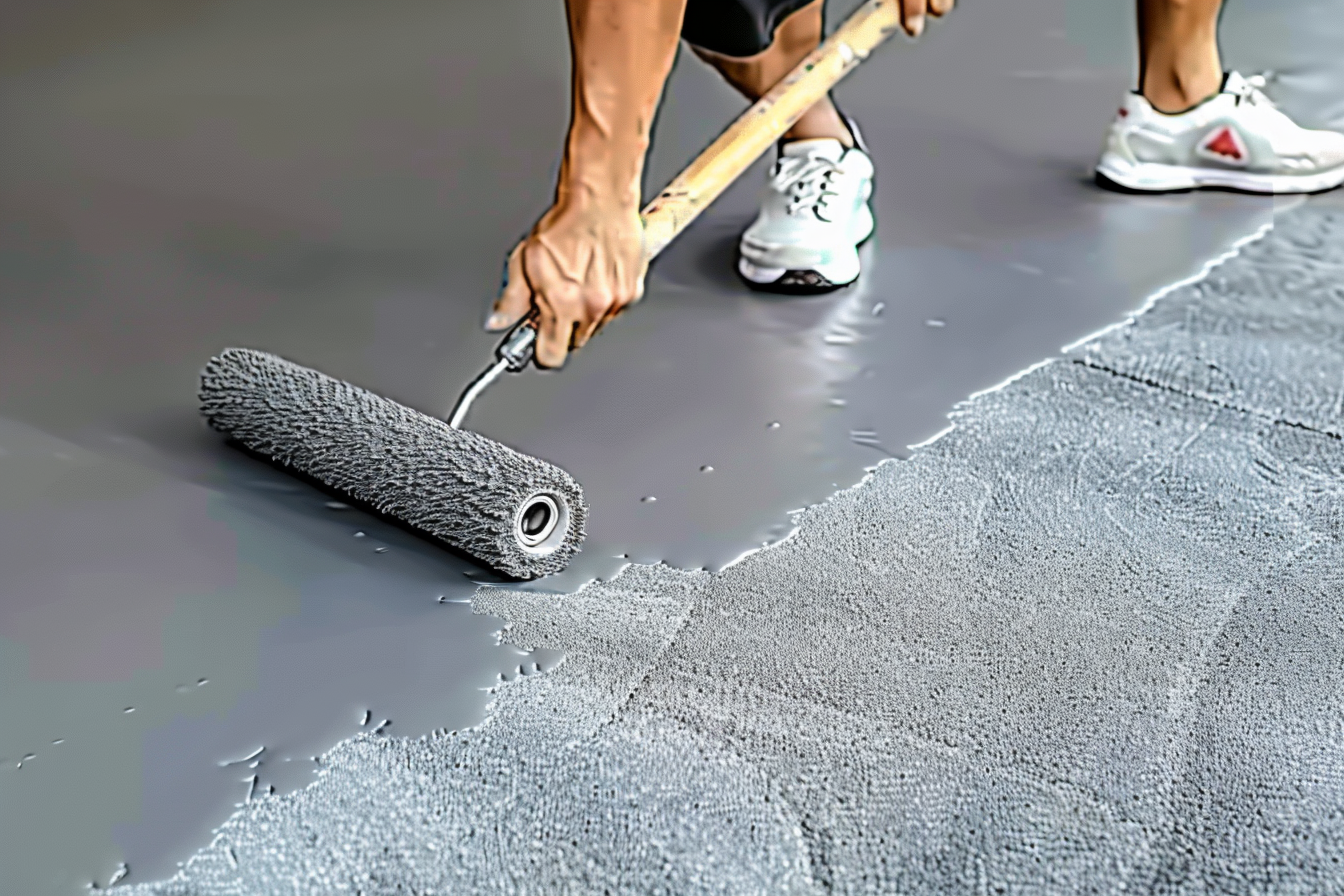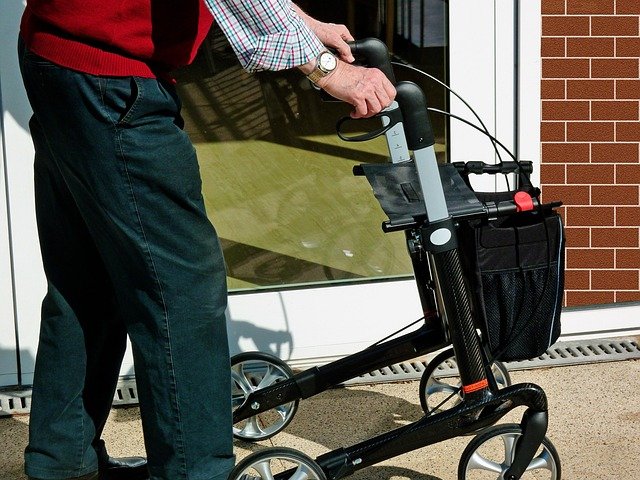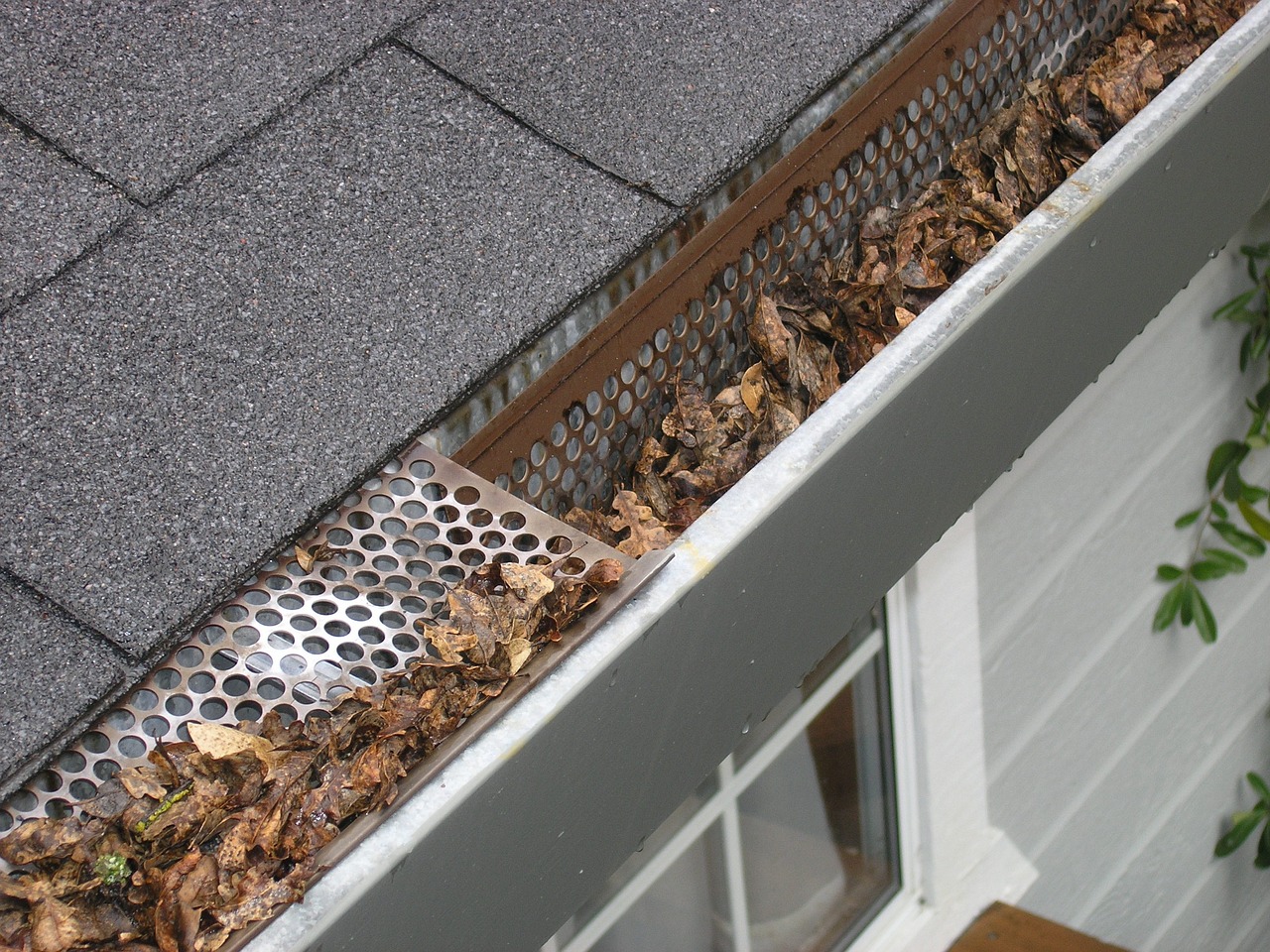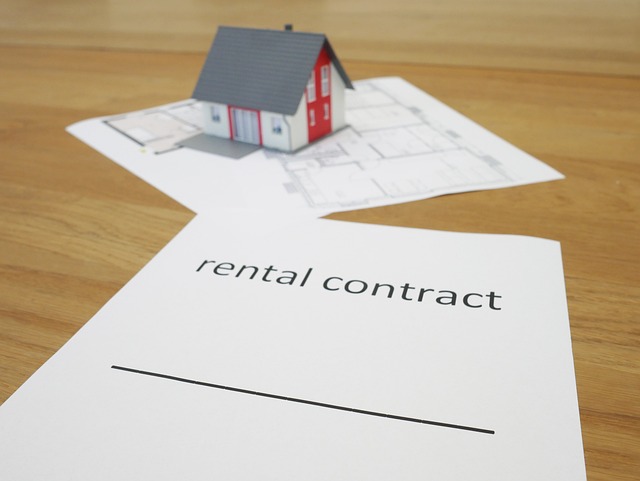The Allure of Abandoned Houses: Legal Aspects, Renovation, and Financing
Abandoned houses have long captured the imagination of adventurers, investors, and home seekers alike. These neglected properties offer a unique blend of history, mystery, and potential. From understanding the legal complexities to navigating the renovation process and exploring financing options, this article delves into the world of abandoned houses and their transformation into habitable homes.
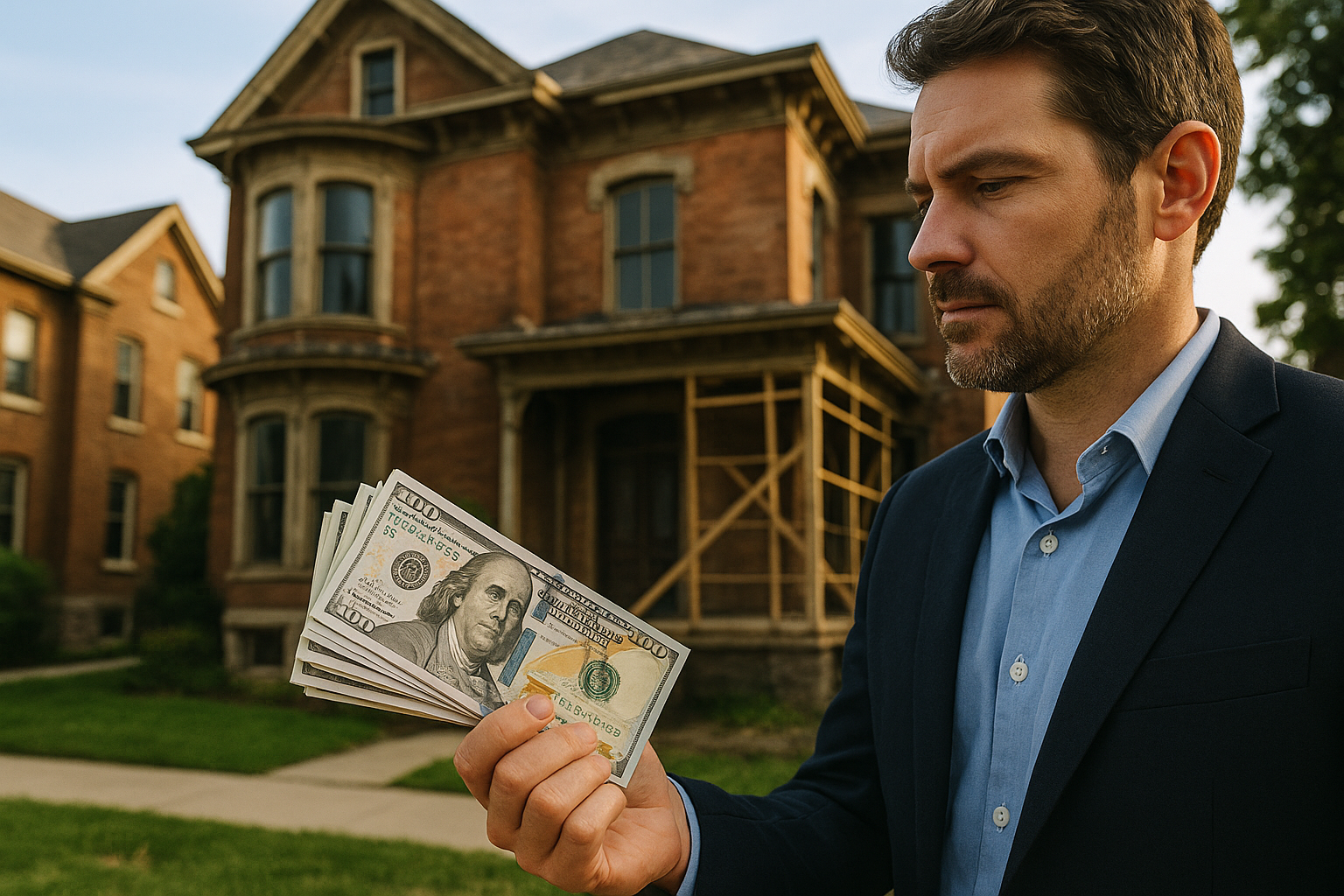
What makes abandoned houses so intriguing?
The allure of abandoned houses lies in their untold stories and hidden potential. These forgotten structures often boast unique architectural features, historical significance, and the promise of a blank canvas for creative restoration. Urban explorers are drawn to their eerie beauty, while investors see opportunities for profitable renovations. The romance of breathing new life into a neglected property appeals to many, offering a chance to own a piece of history while contributing to neighborhood revitalization.
What legal considerations surround abandoned properties?
Understanding the legal aspects of acquiring an abandoned house is crucial. Ownership of these properties can be complex, with issues such as tax liens, multiple heirs, or unclear titles. Potential buyers must conduct thorough title searches and due diligence to ensure a clean purchase. Local laws regarding abandoned properties vary, with some municipalities offering programs to transfer ownership to new buyers willing to rehabilitate the structures. It’s essential to work with real estate attorneys familiar with local regulations to navigate these legal waters safely.
How can one locate and purchase an abandoned house?
Finding abandoned houses requires a combination of research and legwork. Local government offices, such as the county assessor or tax collector, often maintain lists of properties with delinquent taxes. Online resources, including real estate websites and government databases, can also be valuable tools. Driving through neighborhoods and networking with local real estate agents can uncover hidden gems. Once a property is identified, the purchase process may involve negotiating with owners, banks (in the case of foreclosures), or participating in auctions for tax-delinquent properties.
What does the renovation process for an abandoned house entail?
Renovating an abandoned house is typically more challenging than standard home improvements. The process often begins with a thorough assessment of the property’s condition, including structural integrity, plumbing, electrical systems, and potential hazards like mold or asbestos. Creating a detailed renovation plan and budget is crucial, as abandoned houses frequently require more extensive work than initially apparent. Key steps include securing the property, addressing any immediate safety concerns, and then proceeding with repairs and updates in a systematic manner. It’s advisable to work with experienced contractors familiar with the unique challenges of restoring long-neglected properties.
What are the potential risks and rewards of investing in abandoned houses?
Investing in abandoned houses can be a high-risk, high-reward venture. The potential for significant returns exists, especially in areas experiencing revitalization. Successfully renovated properties can dramatically increase in value, offering substantial profits. However, risks include underestimating renovation costs, encountering unforeseen structural issues, and navigating complex legal situations. Market conditions and neighborhood dynamics play crucial roles in determining the success of such investments. Thorough research, realistic budgeting, and a clear understanding of local real estate trends are essential for mitigating risks and maximizing potential rewards.
What financing options are available for purchasing and renovating abandoned houses?
Financing the purchase and renovation of abandoned houses often requires creative solutions. Traditional mortgages may be challenging to obtain for properties in severe disrepair. However, several options exist:
| Financing Option | Provider Type | Key Features |
|---|---|---|
| FHA 203(k) Loan | Government-backed | Combines purchase and renovation costs |
| Hard Money Loans | Private Lenders | Short-term, higher interest, based on property value |
| Home Equity Loans | Banks/Credit Unions | For current homeowners, uses existing home as collateral |
| Crowdfunding | Online Platforms | Pooled investments from multiple individuals |
| Local Grants | Government/Non-profits | Funds for revitalization in specific areas |
Prices, rates, or cost estimates mentioned in this article are based on the latest available information but may change over time. Independent research is advised before making financial decisions.
Each financing option has its advantages and drawbacks. FHA 203(k) loans are popular for their ability to cover both purchase and renovation costs but come with specific requirements. Hard money loans offer quick access to funds but at higher interest rates. Local grants may be available in areas prioritizing neighborhood revitalization but often have strict criteria and limited funding.
In conclusion, abandoned houses represent a unique opportunity for those willing to navigate their complexities. From the initial allure to the final restoration, these properties offer a journey filled with challenges and potential rewards. By understanding the legal landscape, preparing for extensive renovations, and exploring diverse financing options, individuals can transform neglected structures into valuable assets, contributing to both personal goals and community renewal.

